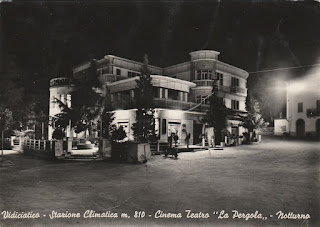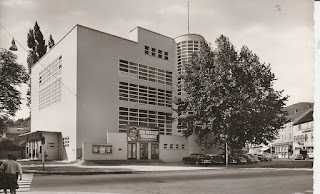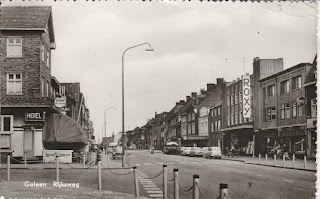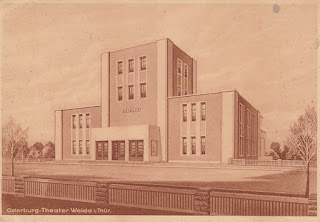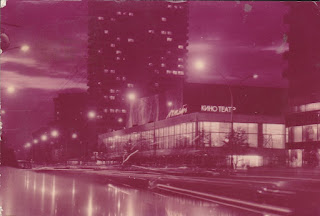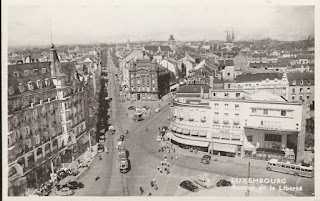The Cinema La Pergola writes on its website:
"The Cinema Teatro La Pergola in Vidiciatico, in the municipality of Lizzano in Belvedere (in the province of Bologna), was founded in 1948 in the climate of the great reconstruction of the first post-war period, in a vacant area near a ballroom. The two structures should form a single recreational hub for citizens. The first manager, Zanasi, also owns the Cinema Puccini in Lizzano in Belvedere and often the same film is shown in the two cinemas on the same day, with very quick car journeys from one country to another to transmit the film. The cinema has an instant hit with audiences, especially in the summer season when it operates from early afternoon to midnight.
For many years, La Pergola was an important point of reference for the municipality and also for other nearby municipalities, where the other cinemas were gradually closing. The cinema La Pergola inherited a treasure from the Cinema Puccini: a projector for films from the 1950s, which is (occasionally) maintained and used and still works today.
In the 2000s, the property was acquired by the country's hoteliers' association, which guarantees its operation during the summer season and Christmas holidays. However, the crisis of the cinema also affects La Pergola and for some years the cinema has been practically closed, surviving at times thanks to the passion of a young operator in the country, Federico Roda, who keeps it alive.
In 2018 Don Giacomo Stagni, the parish priest of Vidiciatico, offers to manage it and with the help of some friends and volunteer villagers he reopens the hall and also manages to buy a new projector for digital films.
In the years from 2018 to 2021 the Cinema Teatro La Pergola in Vidiciatico was opened for the summer months and in 2021 it will also reopen for the Christmas period, offering visitors and citizens quality film festivals, organized in collaboration with the Fondazione Cineteca di Bologna and ACEC Emilia Romagna and thanks to the contributions of Corno all scale will be realized."
The story of Cinema Teatro La Pergola is a fine example of how a cinema can survive in a small town - with the support of many different people, fueled by enthusiasm and optimism. A story worth filming.
The postcard was sent in 1955.
